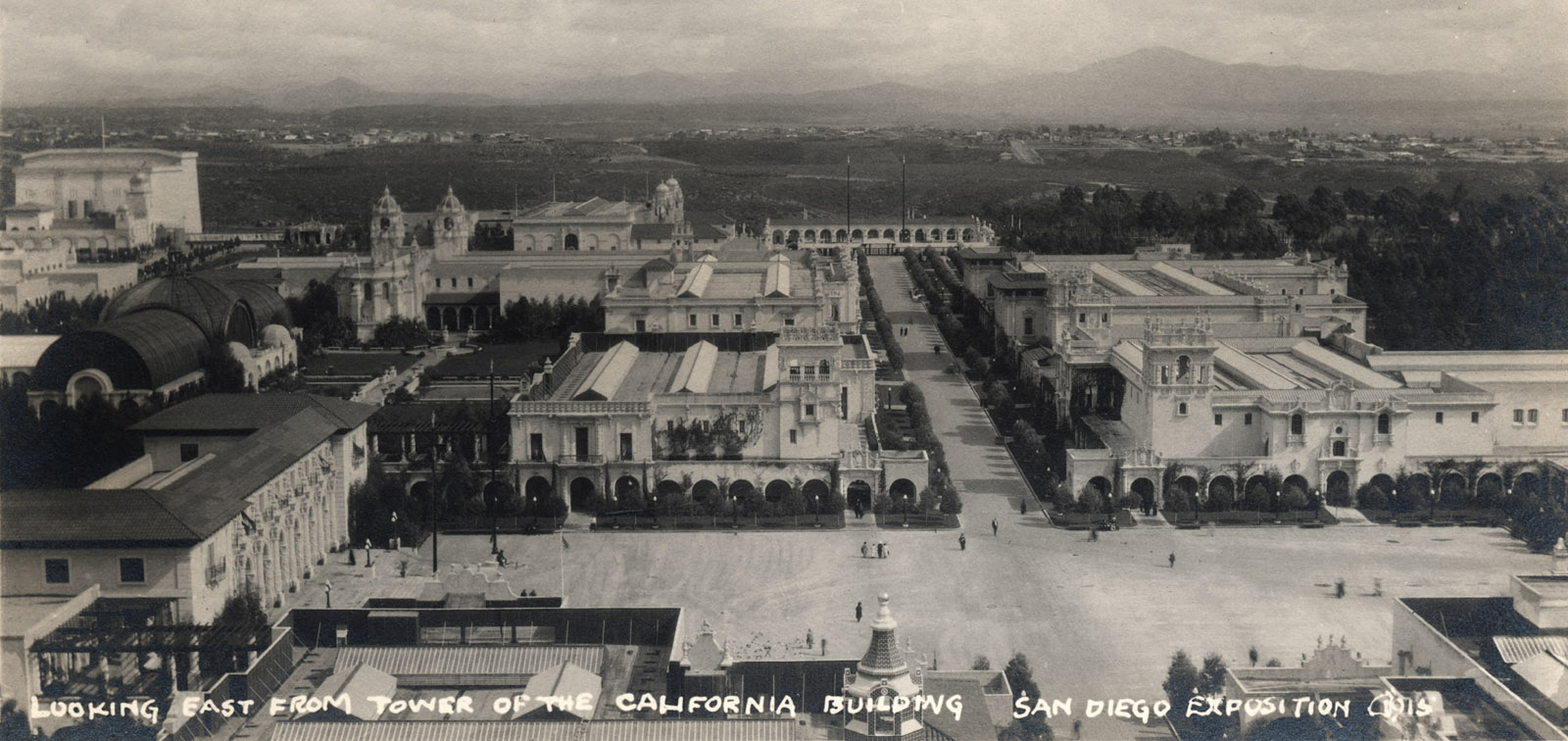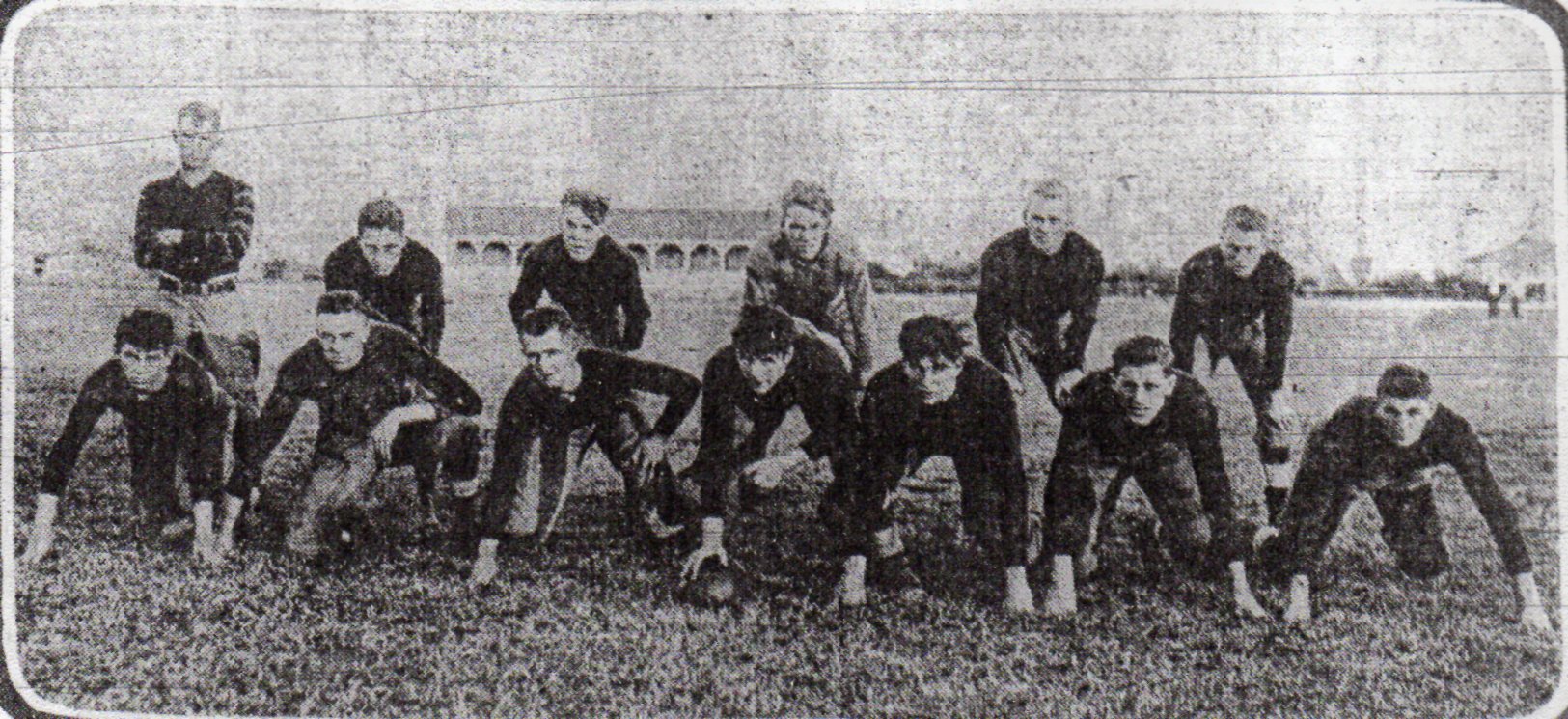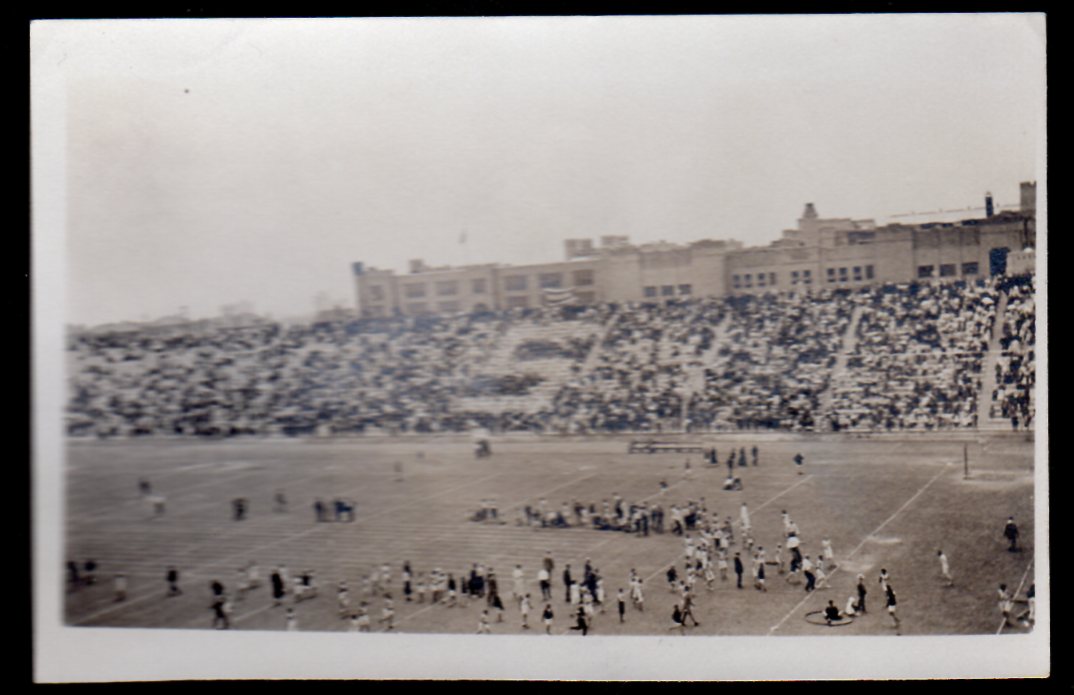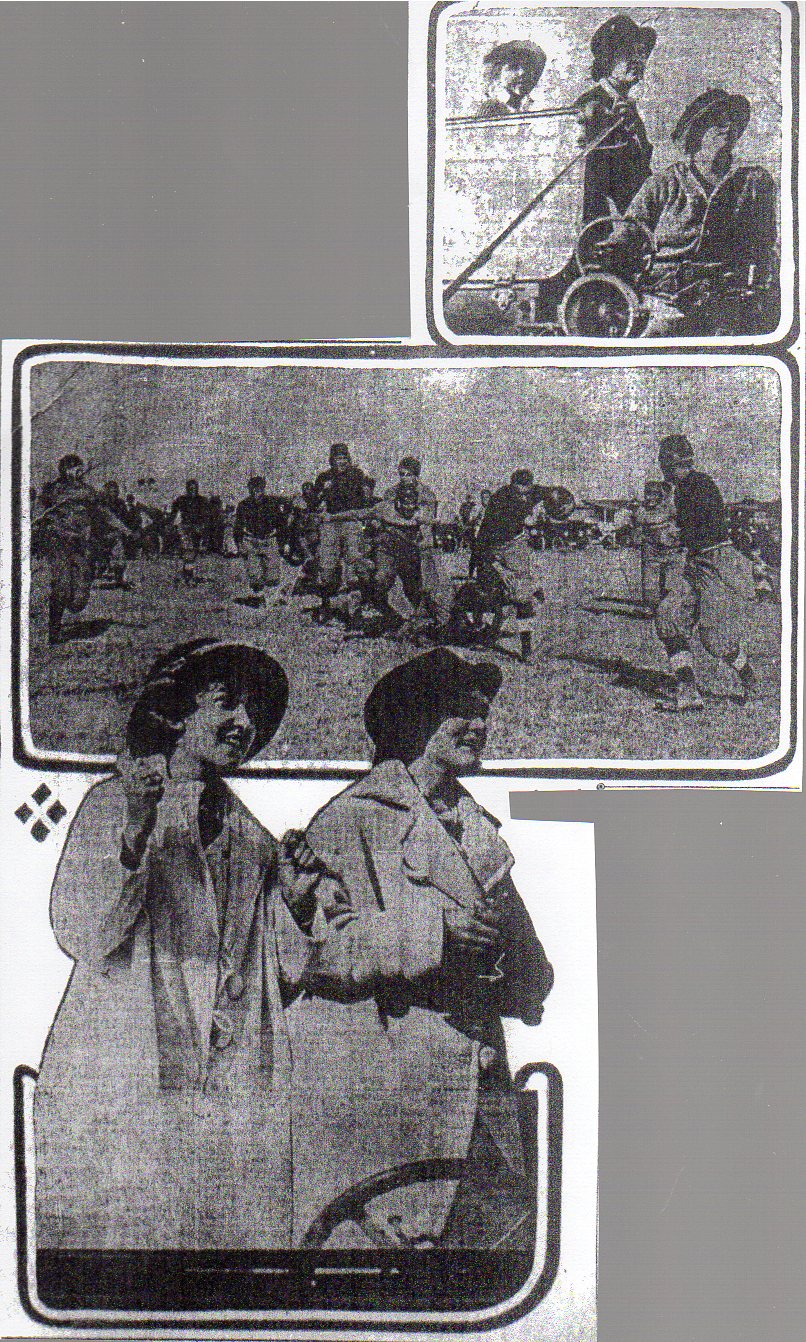1914: On The World Stage
It’s not a stretch to declare that this was the year San Diego, the growing city at the geographical bottom of California, stepped into the modern age.
The vision and determination of San Diego’s civic leaders launched the successful Panama-California Exposition on Jan. 1, 1915, even though in competition with the larger, federally-funded expo in San Francisco.
That San Francisco’s population of 400,000 was about 10 times that of San Diego’s made the event here, honoring construction of the Panama Canal, a lasting accomplishment.

The California Tower, Cabrillo Bridge, Organ Pavilion and other landmarks built for the exposition stamped Balboa Park as a cultural center, with many of the original buildings still in service more than 100 years later.
And down at the Southern edge of the park, in a canyon steps from the San Diego High campus rose a 23,262-seat, concrete horseshoe that served the community for more than 60 years.
IT WAS THE CITY FOR THE CITY
First named City Stadium and renamed Balboa Stadium in 1939, the building was the site of concerts, presidential visits, graduations, baseball games, auto racing, track meets, and other sports events, but football was king.
It had been 47 years since Rutgers and Princeton played the first recognized game of football. The game had slowly moved west across the time zones.
There were five football-playing schools in San Diego County: San Diego, Coronado, Escondido, National City, which became Sweetwater in 1920, and Army and Navy Academy, located in Pacific Beach.
The remote communities of Ramona, Fallbrook, and Julian had high schools but no teams.
San Diego High, in an alliance known as the Southern California Interscholastic League with Ontario Chaffey, Pasadena, Long Beach Poly, Santa Ana, and Whittier, shared home fields at the Coronado Polo Grounds with Coronado High.
The field, on the future site of the Coronado golf course, would be a far cry from the coming stadium across the bay that would open near the end of the school year on May 31, 1915.
DOWN IN FRONT!
A spectator concern before San Diego’s home game against Santa Ana was sight lines.
Major Ross, Polo Grounds honcho, to the rescue.
According to The San Diego Union, “…Ross has decided to permit the use of the field for the game in front of the “stand”.
Ross’ approval was welcome news not only to players but to those sitting in the bleachers.
The Major also declared that “it is also of advantage to automobile parties as those…in machines in the parking space–can view the game without obstruction of crowds moving around in front of them.”
With seating in the stand, fans would be more genteel and not inclined to interfere with the players by encroaching on the field, Major Ross added.
NOT SO FAST
San Diego was the local colossus and Coronado coach Johnny Johnson may have thought his team was being picked on.
Johnson didn’t like what he saw when the Islanders were set to kickoff against the San Diego “Seconds,” or, in modern parlance, the junior varsity.

Johnson would not let his team take the field against the Seconds if the Hilltoppers were going to play a lineman named Sprott.
Bryan (Pesky) Sprott, who became the legendary star of the 1916 national championship team?
Could Sprott have moved from lineman as a sophomore to stardom two seasons later as a halfback, or was the 1914 Sprott, Pesky’s older brother?
San Diego captain Al (Pug) Mallette finally offered to play Sprott only half the game.
Johnson was not appeased and declined the offer.
The Coronado players then took a vote and decided to play the game independent of the school.
The San Diego Seconds held on for a 16-12 victory.
SIGNS OF THE TIMES
If betting odds were official in the early years of football, the weight of the teams probably would have been the determining factor in selecting a favorite.

Most advance stories accentuated the players’ weight. Teams seemed destined to win or lose on that basis. It didn’t matter if the winner ran its plays more efficiently, had more team speed, or more deception.
The Hilltoppers had a significant weight advantage over Coronado, according to a report in The San Diego Union.
TRAVEL
Northern teams most often arrived on a late-afternoon or early-evening train at the Santa Fe Depot the night before a Saturday afternoon contest.
A group of students and school bosses from San Diego would greet the squad and lead a caravan to its hotel.
The highlight of Long Beach’s 14-0 victory over the Hilltoppers may have been the postgame dance in the high school ballroom that was hosted by the San Diego senior class in honor of the visitors.
TIMES CHANGE
Games could start at anytime. Some were at 10:30 a.m., others at 2:30 p.m.

WHERE THE GIRLS ARE
From The San Diego Union Nov. 7, 1914, before San Diego’s game at Pasadena:
“Miss Bromley, history instructress at the school, will act as chaperone for the dozen girls who will make the trip in the hope of encouraging the scrimmage artists to victory.”
The Bullpups, as Pasadena was known, scored 3 touchdowns in the first five minutes and won, 54-0.
THEY SAID IT
“I have taught school for 15 years and I find that the Coronado school is the best in the country”–Ivan Deach, supervisory principal of kindergarten-to-grade-12 classes, enrollment 450.
TRUE GRID
Part of the original thinking behind San Diego’s hosting the Panama-California Exposition was that City bosses hoped ships traveling through the canal would make San Diego their first port of call…Clarence (Nibs) Price, a University of California graduate from Iowa who would lead San Diego to the mythical national championship two years later, was hired as the school’s football, basketball, baseball, and track-and-field coach…San Diego’s 7-7 tie with Ontario Chaffey was a season highlight…Chaffey had won the Southern California championship in 1913 and was the state champion…Fallbrook high opened in 1893 and there were reported games involving the school or town, although its first reported season in football was not until 1937… …San Diego end Ernest Pike was named to the second all-Southern California team…Coronado traveled north on the steamer Harvard for its game with South Pasadena….